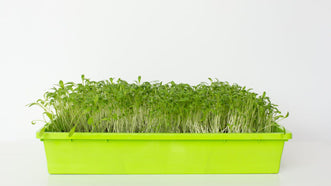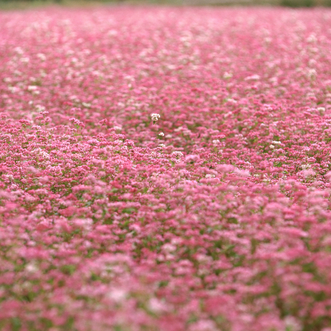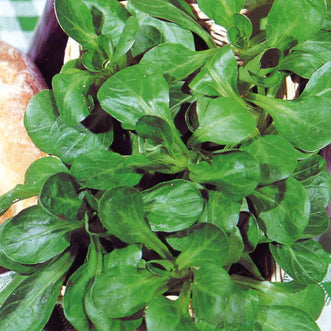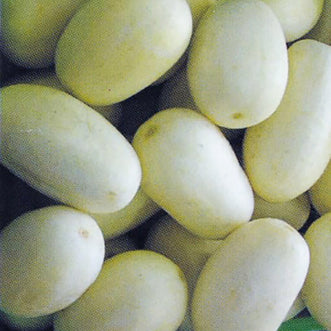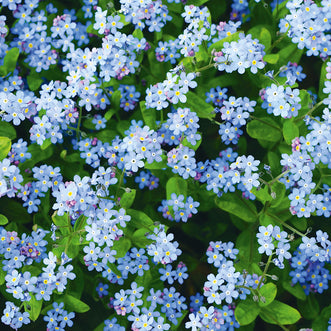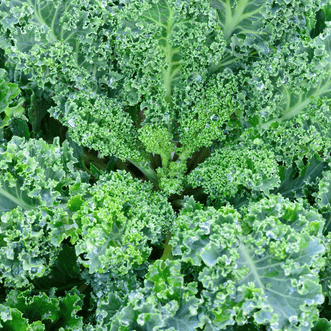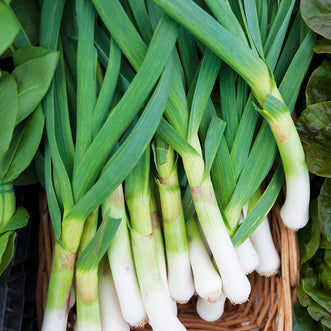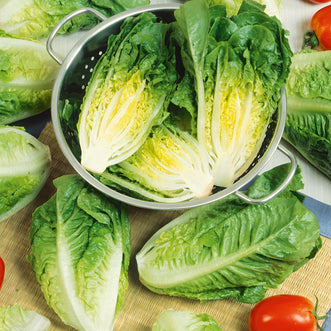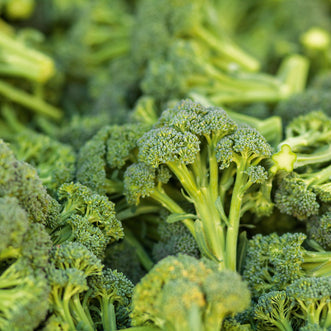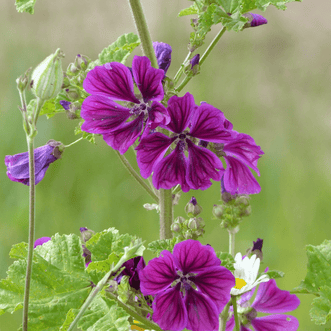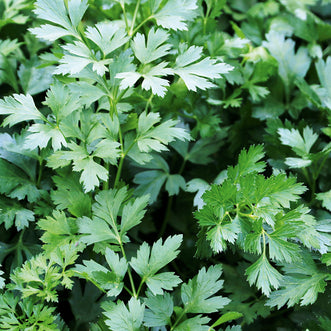Melons & Watermelons
Melons and Watermelons are more tropical, and will germinate later than most cucurbits:
They like warmth – ideally 25 to 30 degrees C
Without bottom heat, sow no earlier than Labour Weekend. They will grow more vigorously and quickly to catch up to seed sown earlier.
Be aware of both early and late frosts
Under 20 degrees, you will achieve only gradual germination
They:
Are regarded as sweet with brix levels of 10 to 14, 14 being 30% sweeter than other varieties.
Like to be sown indoors and then transplanted AFTER last frosts.
Should be transplanted when first true leaves (after cotyledon stage) appear and before the second set of leaves come out.
Like even levels of watering and plenty of fertilizer.
Will develop disease if germinated too early and they like good airflow - don’t grow in a tunnel house.
Like longer days and warmer ground conditions - grow like a strawberry bed using black polythene to keep moisture in, maintain a warm root zone and suppress weeds.
Good soil moisture is important in the early stages of growth and during pollination when fruit is setting. After this point, do not water unless the soil is very dry and leaves begin to show signs of wilting at midday.
Categories of Melons:
Sweetest (orange flesh have the highest brix levels) – Aspire F1, Charentais, Inspiration F1, Hales Best Jumbo, Sweet Granite, Tuscan Delight F1.
Cucumber like (white or green flesh and less sweet) – Honey Dew Green, Spanish Whimsy F1.
Odd man out – Melon Banana.
Best varieties for commercial growers – if you want uniformity and maturity at the same time so you can pick the whole crop together – grow HYBRIDS.
Best varieties for home gardeners – if you're not worried about uniformity and don’t want fruit to ripen all at once – grow OPEN POLLINATED or HEIRLOOM varieties.
Harvesting Melons
Each variety is different and the right stage to harvest must be learned. Most melon varieties are ready when the grey green colour begins to change to buff yellow and when a light try separates the fruit from the vine.
However, some melon types (Honeydew, Charentais, Spanish Whimsy) are overripe by the time the stem can be tugged from the fruit.
These varieties must be cut from the vine.
.
Harvesting Watermelons
The tendril nearest the point on the vine where fruit stem attached is browning off or dead.
Tap or knock lightly on the fruit. If you hear a “pink” or “pank” sound the fruit is not ripe. If you hear a “punk” sound, the fruit is ripe.
Look for webbing – web-like brown spots on the watermelon mean that bees touched the pollinating parts of the flower many times. The more pollination, the sweeter the fruit.
Look for the field spot – the yellow spot, known as the field spot, is the place where the watermelon rested on the ground. Ripe watermelons always have a creamy-yellow or even orange-yellow, not white.
Inspect the “tail” (where it was connected to the plant) – A dried tail indicates that the watermelon is ripe. However, if the tail is green, it probably means that the watermelon was picked too soon and will not be ripe.
Boy and girl watermelons – many people do not know that growers differentiate watermelons by gender. For example, boys are bigger, have an elongated shape and a watery taste. The girls have a rounded shape and are very sweet.
Ideal Watermelon
Disease resistant (to powdery mildew)
Good fruit production
Ability to ripen quickly
Thick rind and even flesh
Watermelons have only about 1% fibre to hold the flesh together.
If the flesh is “split”, this is due to water stress, either too much or not enough. The fruit expands and contracts and splits as a result.
Seedless Watermelons
Although the fruits of these watermelons are practically seedless, some seed hulls are present and a few seeds may form under stressful conditions. Seedless watermelons are a hybrid selection and are less vigorous than normal watermelons. We don’t stock them. None of our varieties have less seed than others – all have about the same.
Diseases
Most common disease is powdery mildew – appears on tops of leaves and white in colour.
Most susceptible to Powdery Mildew – Charentais.
There are a number of diseases which cause problems overseas but we do not have them here. For example Watermelon Mosaic Virus – mottling on leaves, stunted plant growth and ill thrifty fruit.
NB: If you are a smoker don’t handle any plants in your garden as you could transmit Tobacco Mosaic Virus.
Both melons and watermelons can develop “sudden wilt” which is a complex disease and cold weather stress syndrome from seedling stage right through to mature plants causing plants to wilt almost overnight.





